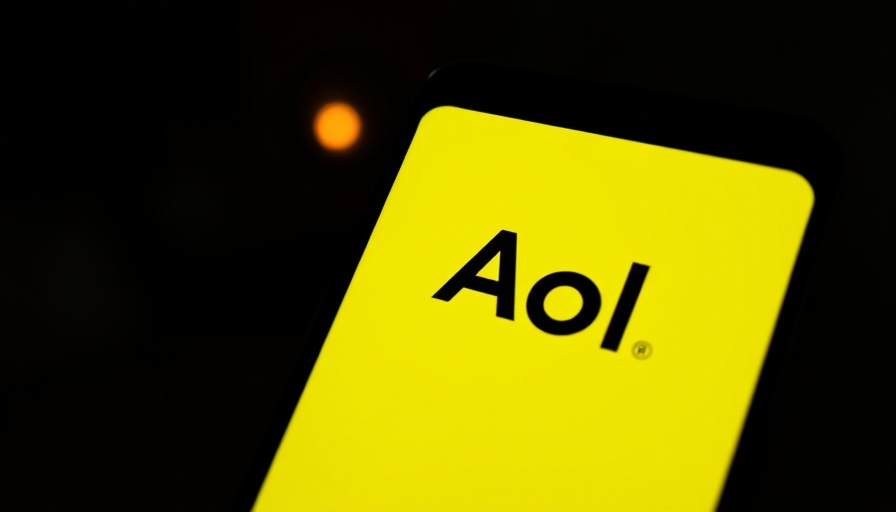
AOL's Dial-Up Service: A Nostalgic Farewell
AOL is officially shutting down its dial-up internet service, a farewell to a technology that helped usher millions into the online world. This decision, announced to take full effect on September 30, marks the end of an era, as the iconic 'You've Got Mail' notification fades into memory. Once a staple in households, dial-up became synonymous with the beginnings of the internet revolution in the 1990s, transforming how we communicate and access information.
The Rise and Fall of Dial-Up Internet
Back in the late 1980s and through the 90s, dial-up internet was revolutionary. It enabled users to connect to online services and communicate via email and chat rooms, albeit at painfully slow speeds—typically maxing out at a mere 56 Kbps. The choppy sounds of connecting modems became familiar, echoing in homes across America.
However, by the early 2000s, broadband and cable internet began gaining traction, offering speeds that rendered dial-up almost obsolete. Despite this shift, AOL held onto its dial-up services longer than many anticipated, maintaining a dedicated customer base that reminisced about the simpler times of early internet usage.
Understanding why Dial-Up is Disappearing
This announcement comes as part of a broader trend in the technology sector—companies constantly adapt to the ever-changing digital landscape. AOL's decision reflects a fundamental shift in consumer demand for faster, more reliable internet access. With the increasing reliance on high-speed connectivity for streaming, gaming, and remote work, it became untenable for AOL to maintain services that simply cannot compete.
Tips on Transitioning to Faster Internet
For those who may still be relying on dial-up, transitioning to a broadband connection is crucial. Here are some practical steps to make that change smooth:
- Evaluate Your Needs: Check how many devices will be connected and the types of online activities you engage in.
- Centralize Your Router: Place your Wi-Fi router in a clear area in your home to improve signal strength.
- Stay Updated: Ensure that your router's firmware is updated to cope with the latest standards.
- Limit Bandwidth Usage: Be mindful of multiple devices streaming from the same network; consider gaming and video calls sequentially to avoid slowdowns.
- Opt for Ethernet: For consistent speed, a wired connection will almost always outperform Wi-Fi.
If you continue to experience slow speeds after transitioning, contacting your ISP for upgrades or technical solutions could yield better performance.
A Brighter Future in Connectivity
The transition from dial-up offers a window into a brighter future in connectivity. As we step away from outdated technology, we embrace advancements that enhance our digital experiences—speeding up access to information, entertainment, and communication. While the nostalgia for dial-up may linger, the opportunities presented by modern internet solutions are what truly propel us forward.
As AOL moves away from dial-up, it invites us all to reflect on how far we've come. For those still using outdated connections, now is the time to make the switch. Faster internet awaits, so don't hesitate to explore your options and enjoy the benefits of modern connectivity!
 Add Row
Add Row  Add
Add 



Write A Comment